NASA Sends Space Rocks To Mars But It’s A Total Accident
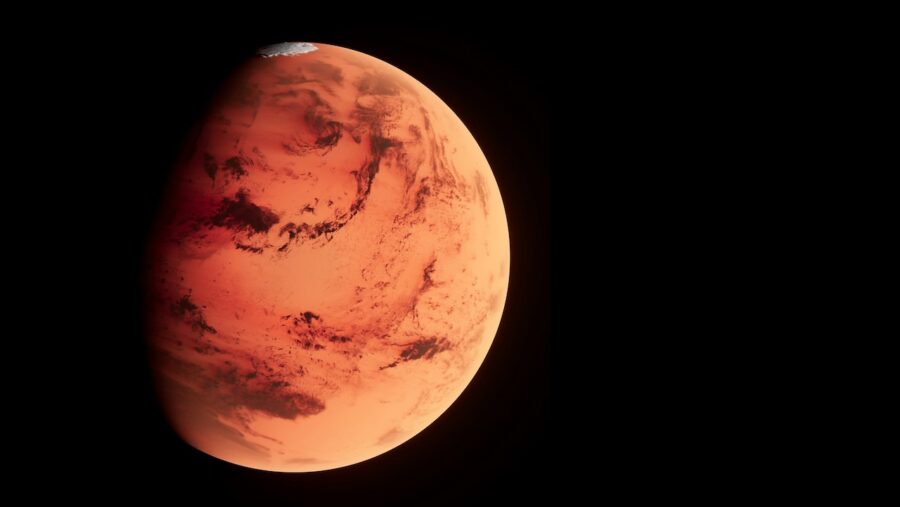
If you’re tuned into the news at all, you likely know that NASA scientists warn the public of impending doom every few years or so, in the form of massive asteroids poised to wipe out all life on Earth. Luckily, we’ve gotten pretty good at destroying or diverting these interstellar rock masses, such as the asteroid Dimorphos, which was on pace to destroy Earth in September 2022. However, according to an academic journal published in the Royal Astronomical Society, NASA inadvertently sent space rocks hurdling toward Mars as a result of the Dimorphos mission.
Space Rocks Towards Mars
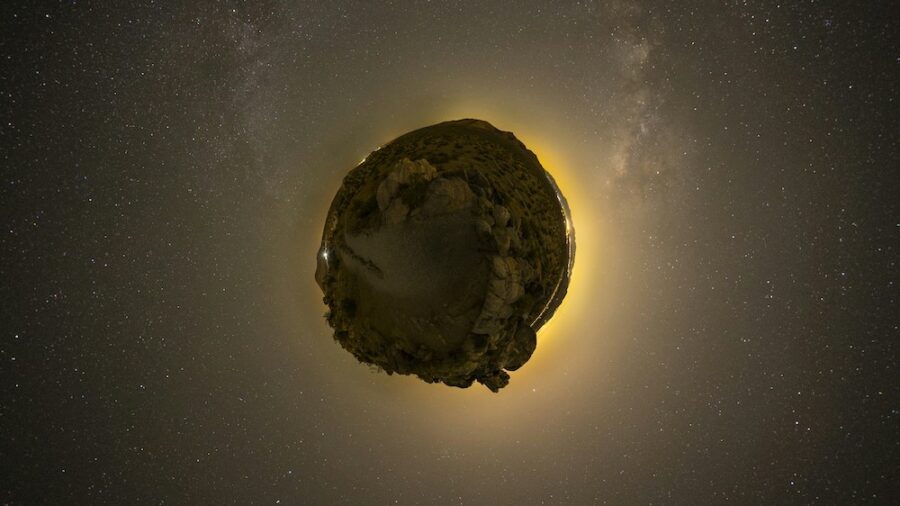
NASA’s Dimorphos diversion mission saw the government-funded agency smash the DART spacecraft head-on into the giant rock, which held a mass of over 5 billion kg.
The result shifted the asteroid’s trajectory, preventing it from entering a collision course with our little blue marble. However, the mission also chipped thousands of smaller rock masses off the large chunk in the process.
NASA Investigated
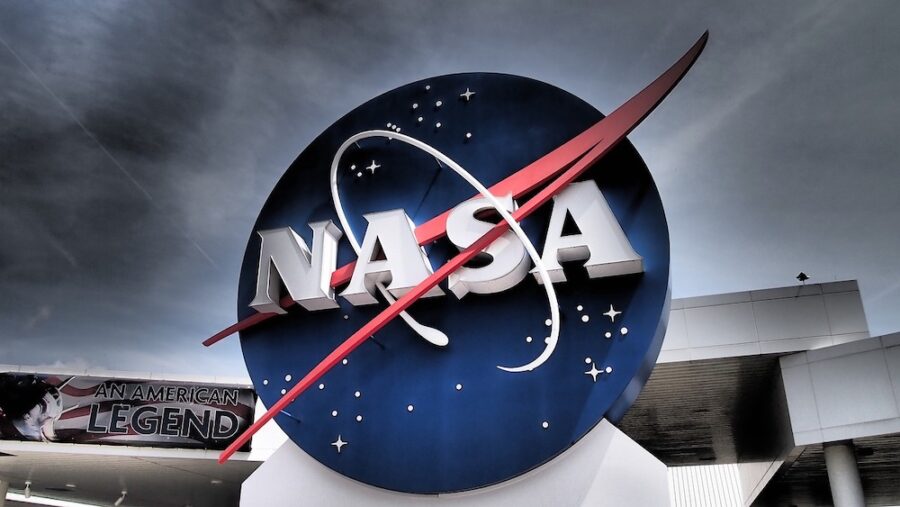
Shortly after the NASA mission’s success, European astronomers such as Marco Fenucci and Albino Carbognani began investigating the orbital changes of these boulders, concluding that many of them would collide with Mars, our interstellar neighbor.
Nobody Will Be Hurt
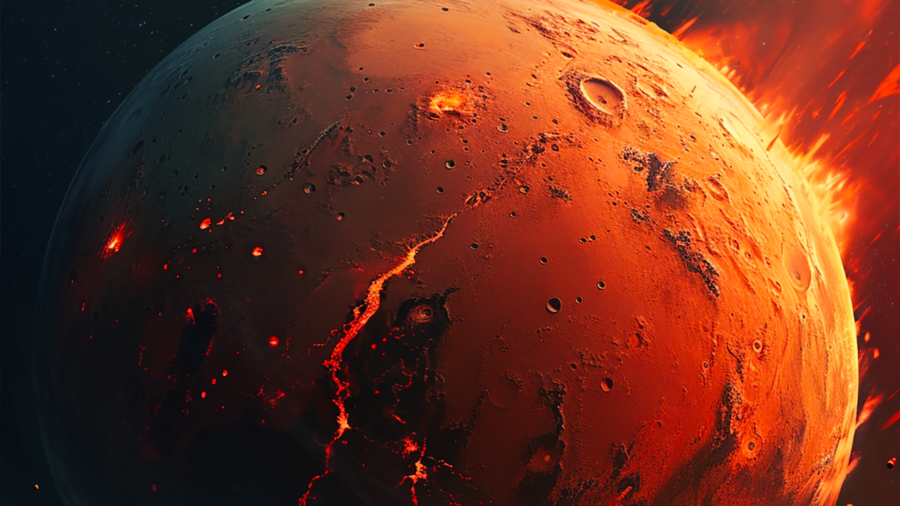
The NASA mission is still a raging success, since we’re not all as dead as dinosaurs presently, though Mars is expected to be pelted many times over the course of the next 20,000 years as a result of this human intervention.
The big red planet shows no active signs of intelligent life, so the plus side is that nobody will get hurt. Of course, these tiny asteroid chunks have great potential to create problems for future space missions, as taking a trip to Mars has just become significantly more dangerous for human explorers.
Best Case Scenario
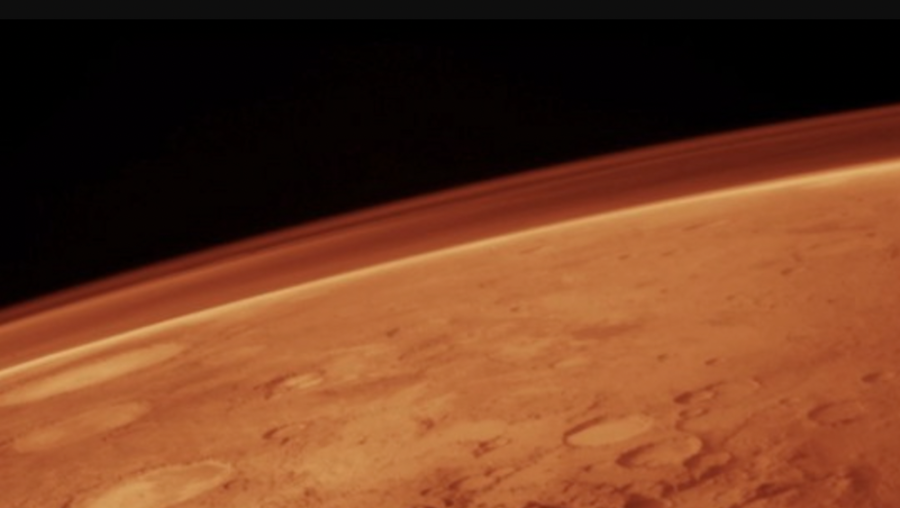
It seems that the best case scenario is that the rocks sent by NASA penetrate the rough crust of Mars and offer scientists an option to probe deeper into the planet for resources such as water and minerals.
The worst case scenario would see human colonizers being wiped out after making first contact with the foreign world, by an incidental apocalypse of our own making.
To that end, 20,000 years is quite a long time, considering humans have only been going to space since 1961.
Humans Going To Mars?
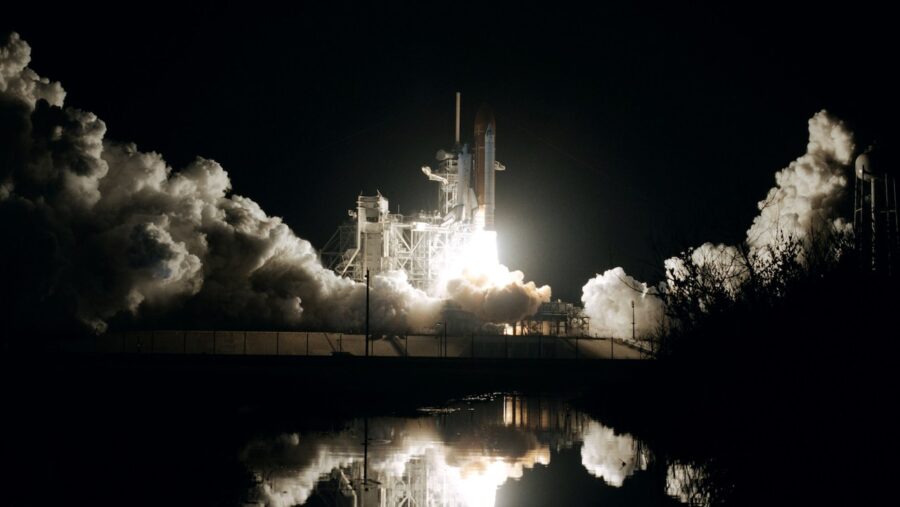
Our scientific ingenuity has progressed at an exponential rate in the six decades since, with human explorers potentially poised to touch down on Mars for the first time within the next two decades or so.
By this time, 20,000 years in the future, NASA could well have established entire communities and cityscapes on Mars if they so choose.
Furthermore, if NASA explorers find themselves in danger of being pelted with asteroids on their new home planet of Mars, they may need to conduct similar, scaled-down missions to the 2022 Dimorphos play.
Not Planet-Shifting
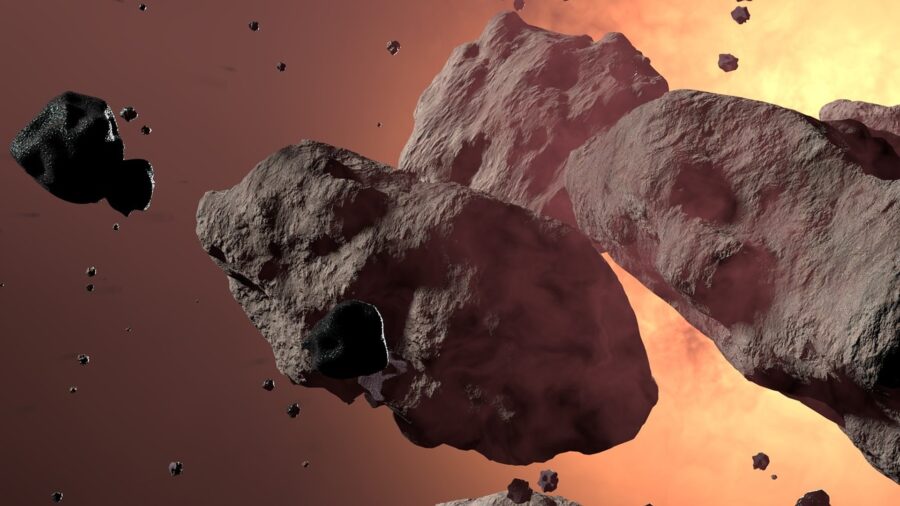
Like many aspects of science, problem-solving comes one step at a time, while actual problems arise in droves.
For now, there’s no word on how significant these space rocks will impact the surface of Mars, though we can rest assured the small chunks won’t represent a planet-shifting impact.
Source: Royal Astronomical Society













